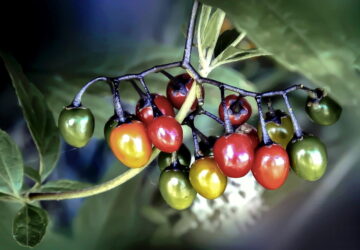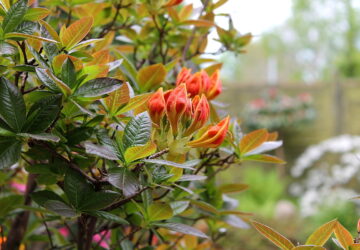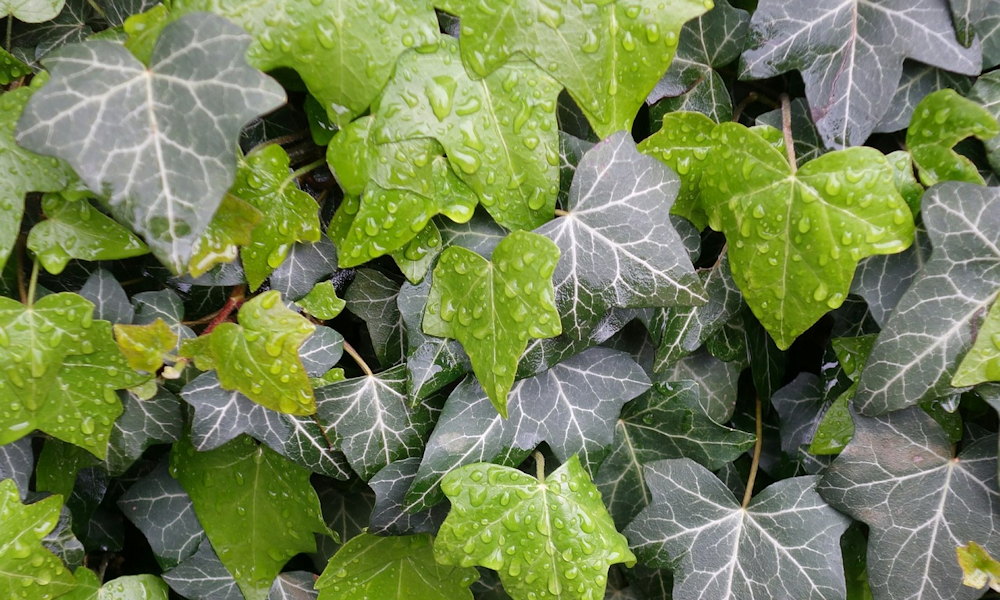Ivy (Hedera helix) is a popular and versatile plant that has been cultivated for centuries in gardens and landscapes. However, like many other plants, it is often shrouded in myths and misconceptions. In this article, we will address and clarify the five most common myths about ivy to help gardeners better understand and appreciate this beautiful plant.
Myth 1: Ivy damages buildings and trees.
One of the most prevalent misconceptions about ivy is that it causes damage to buildings and trees by infiltrating their structures and suffocating them. However, this is largely untrue. Ivy has tiny roots that use buildings and trees as support, but they do not penetrate deeply into the surfaces or draw significant nutrients from them. In fact, ivy can act as a protective layer against harsh weather, reducing the impact of rain and wind on building facades. While ivy might cause issues if a structure is already compromised or poorly maintained, a healthy building or tree can coexist harmoniously with ivy.

Myth 2: All ivy varieties are invasive.
While some ivy species are known to be aggressive and potentially invasive in certain regions, it’s essential to recognize that not all ivy varieties share these characteristics. There are numerous non-invasive ivy species and cultivars that can be a great addition to a garden without posing a threat to local ecosystems. Always research the specific type of ivy before planting and opt for non-invasive varieties to support biodiversity and prevent unwanted spread.
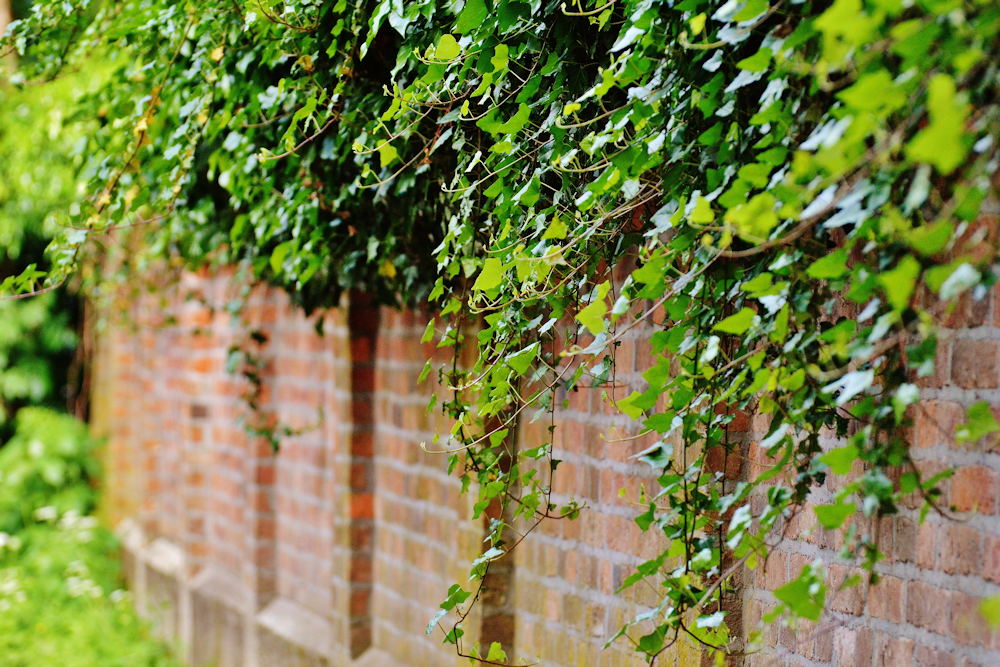
Myth 3: Ivy attracts pests and diseases.
Ivy is occasionally blamed for attracting pests and diseases to gardens. However, there is no concrete evidence to suggest that ivy attracts pests more than other plants. Like any vegetation, ivy can serve as a habitat for insects, but it also plays a crucial role in supporting beneficial insects like pollinators. As for diseases, ivy is generally robust and resistant to many common plant ailments. Regular garden maintenance and proper care are sufficient to keep potential issues under control.

Myth 4: Ivy is difficult to control and prune.
It’s true that ivy can be fast-growing and may require occasional pruning, but this does not make it uncontrollable. Regular pruning and maintenance are essential for any garden plant, and ivy is no exception. With proper pruning techniques, such as cutting back overgrown sections and removing dead foliage, gardeners can effectively manage ivy growth and keep it in check. In fact, pruning can promote healthier, bushier growth and prevent ivy from becoming invasive.
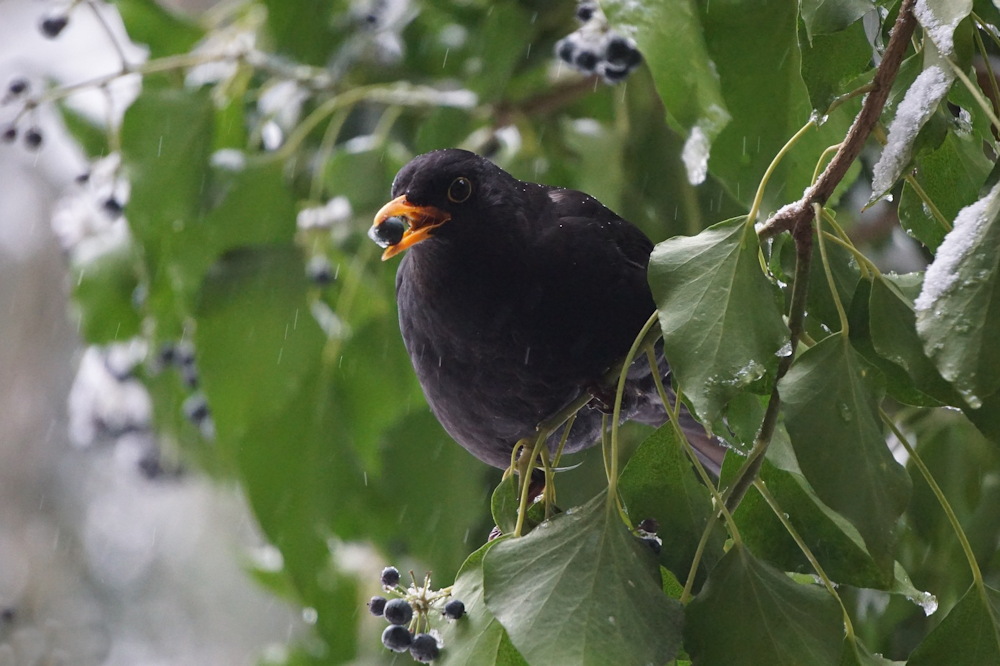
Myth 5: Ivy is only suitable for ground cover.
While ivy is indeed well-known for its ability to create a beautiful ground cover, it is a highly versatile plant that can serve other purposes in the garden. Ivy can be trained to grow on trellises, walls and fences, adding a lush, green backdrop to any landscape. Additionally, ivy can be used as a hanging or climbing plant to decorate vertical spaces, creating a stunning visual effect. Its adaptability and evergreen nature make it an excellent choice for various landscaping designs.

In conclusion, ivy is a remarkable plant that offers numerous benefits to gardens and landscapes. By dispelling these common myths, gardeners can confidently incorporate ivy into their designs and enjoy its beauty and versatility responsibly. As with any plant, understanding the species’ characteristics and practicing proper garden care are essential to ensure a successful and harmonious relationship with ivy.


